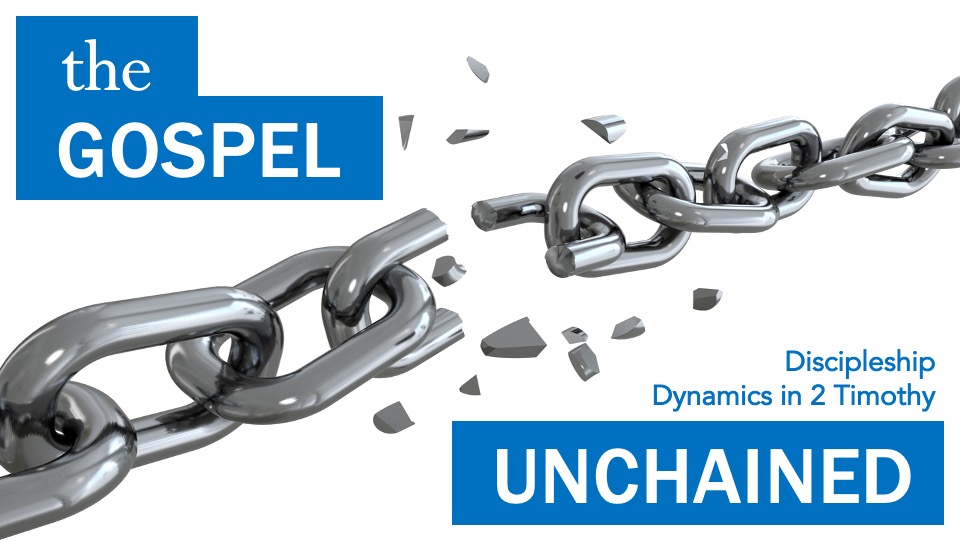
The Gospel Unchained, Part 9: Mark the Menace (2 Timothy 3:1-9)
Hedviga Golik was born in Croatia in 1924. One night she made herself a cup of tea, sat down in her favorite armchair in front of the black and white television, and watched her favorite programs. There she stayed—for the next 40 years. True story. Her lifeless remains were found sitting in front of the same TV four decades after she was reported missing.
Croatian police said she was last seen by neighbors in 1966, when she would have been 42 years old. The neighbors all thought Hedviga had moved away, but she was found by police who had finally broken into her apartment. Fortunately for their noses, the windows had been slightly open all those years.
A police spokesperson said: “So far, we have no idea how it’s possible that someone reported as missing so long ago was not found before this, in the same apartment she used to live in.”
When the officers got there, they said it was like stepping into a place frozen in time. There was tea still in cup. There was moldy popcorn still in the bowl. Nothing was disturbed. There were just lots of cobwebs everywhere.
Neighbors were shocked by the discovery. Jadranka Markic was just 9 years old when Hedviga vanished. She said: “I still remember her. She was a quiet woman who kept to herself but was polite. We all thought that she had just moved out and gone to live with relatives.”
There was much soul searching in the community over this discovery. The recurring question was, “How did we miss this? Have we been so inwardly focused, so self-absorbed, so inattentive that didn’t even know she died in our midst? How could we have been so selfish not to see this?” Keith Green—who was something of a musical prophet from the early 1980s—had a captivating line from one of his songs: “It’s so hard to see when my eyes are on me.”
A major characteristic of the last days is selfishness. In fact, Paul’s message here is this: The last days are filled with people who are filled with self. And here we are in the “selfie” generation. Our culture features a magazine called Self. And we’re all living on this side of Maslow’s hierarchy of needs—the highest of which is “self-actualization.” Indeed, it really is “hard to see when my eyes are on me.”
This message looks at the ways and the wiles of the proto-gnostics Timothy encountered in Ephesus in the first century, drawing parallels to the similar ideologies in our day. “Last days” people enthrone the sinful self, he says, and they aren’t bothered by it. It leads to a distortion of the gospel called “antinomianism.”
Archbishop Trench once said the selfish person is like a hedgehog which, “rolling itself up in a ball, presents only sharp spines to those without, keeping at the same time all the soft and warm wool for itself within.” Ultimately, the question raised in this message is not, “Who are the people I know who fit the description of a selfish person?” The question raised is, “To what extent do I fit the description of a selfish person?”
John Stott has said, “If a man is proud, arrogant and swollen with conceit, of course he will never sacrifice himself to serve others. God’s order, as plainly declared in his moral law, is that we love him first (with all our heart, soul, mind, and strength), our neighbour next and our self last. If we reverse the order of the first and third, putting self first and God last, our neighbour in the middle is bound to suffer.” Just like Hedviga Golik.
